If you want to get really creative with your iPhone photography, you should explore the exciting genre of abstract photography. Abstract photography is all about creating unique images from ordinary subjects. In this tutorial, you’ll discover the key elements for creating amazing abstract images with your iPhone.
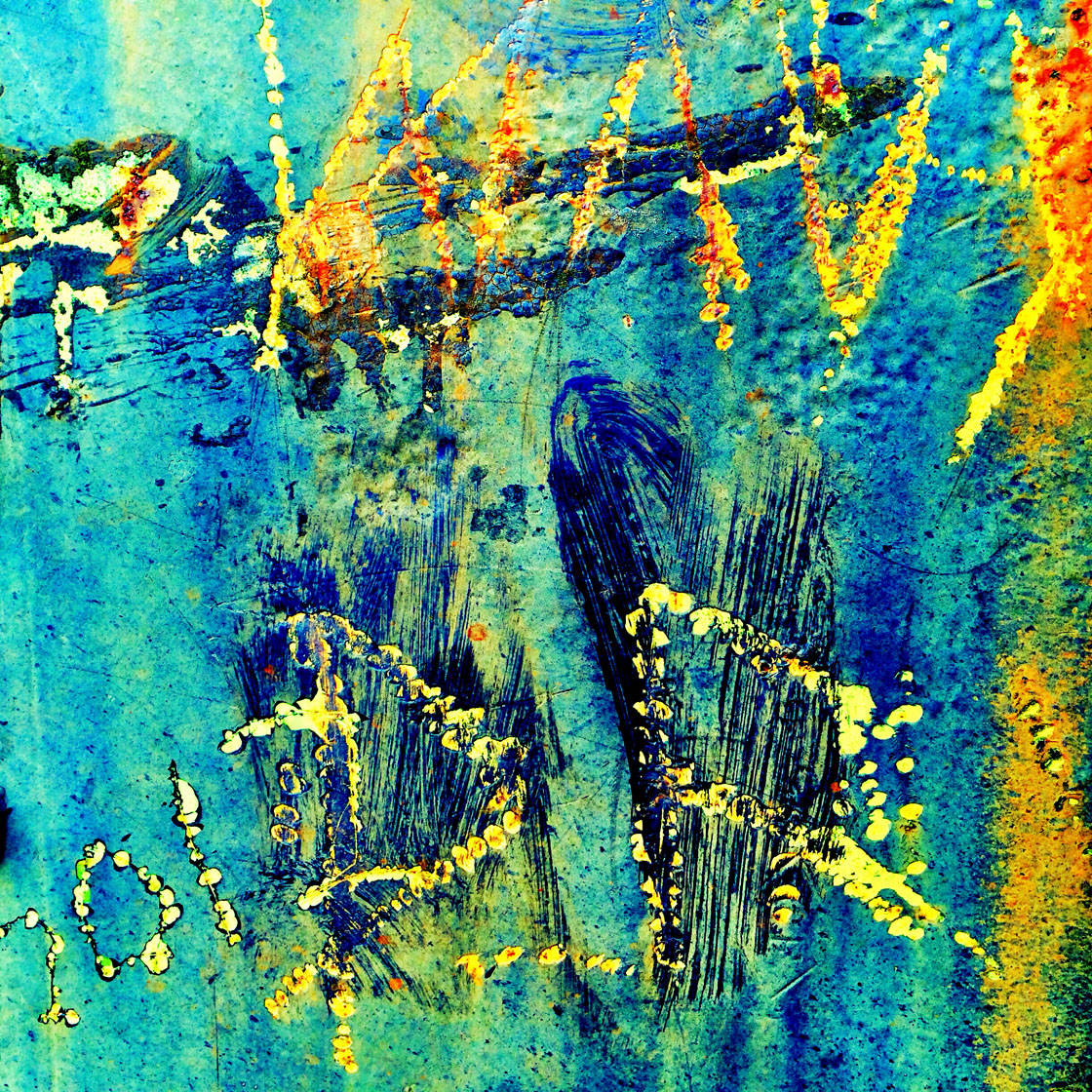
With most genres of photography, you strive to present your subject as clearly as possible. But with abstract photography it’s all about representing the shape, form, color, pattern and texture of the object.
The final image is not normally a literal representation of the subject, but instead just an essence of it. By stripping away the context, you can present the subject with totally new meaning.
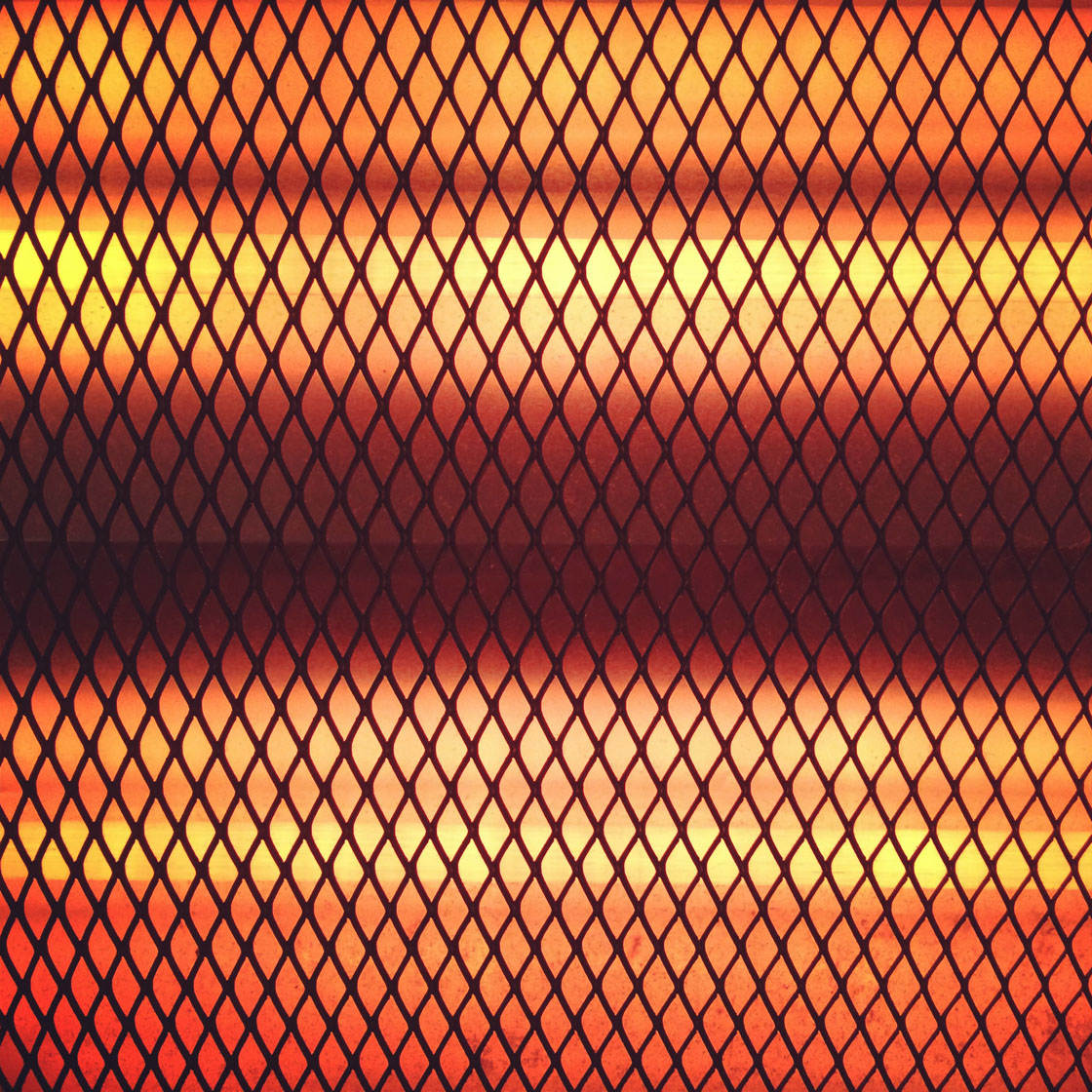
But why you would want to create an image of something that the viewer won’t be able to immediately recognize?
The main purpose of abstract photography and art is to evoke some kind of emotional response from the viewer. Of course, all photography is subjective and everyone will have a different response to an image.
But that’s the great thing about photography, and especially abstract photography. The viewer can create their own story about the image, based on their own reality, experiences and feelings.
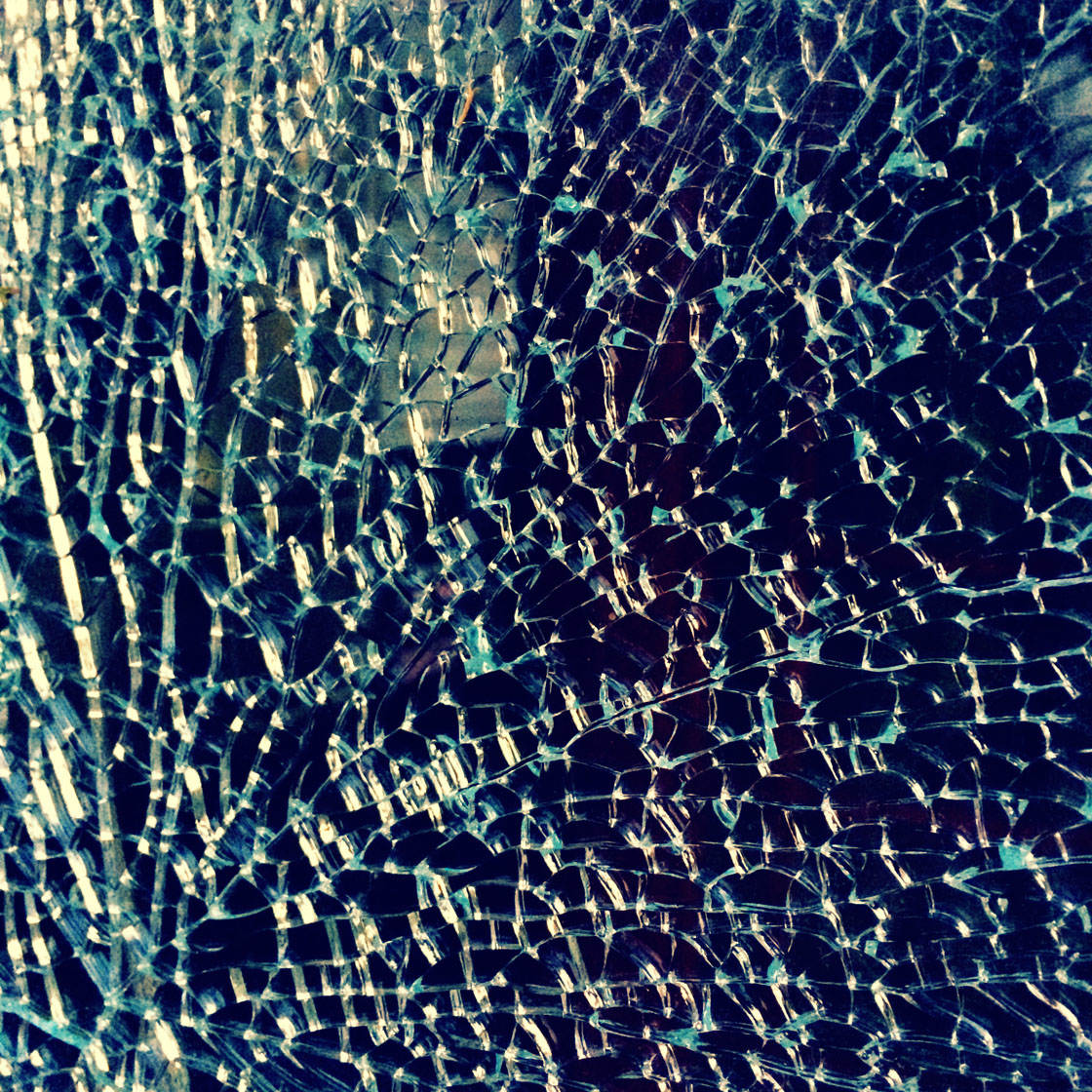
As well as being visually interesting, abstract photography can create a sense of mystery, making the viewer wonder what it is and whether there’s more to it than first meets the eye.
Abstract images are all around you. Once you know what to look for, you’ll see everyday objects in a totally new light. And the freedom and creativity that you get from abstract photography can be really liberating.
However, there’s a fine line between creating powerful abstract images and producing a photograph that is just an uninteresting and confusing mess!
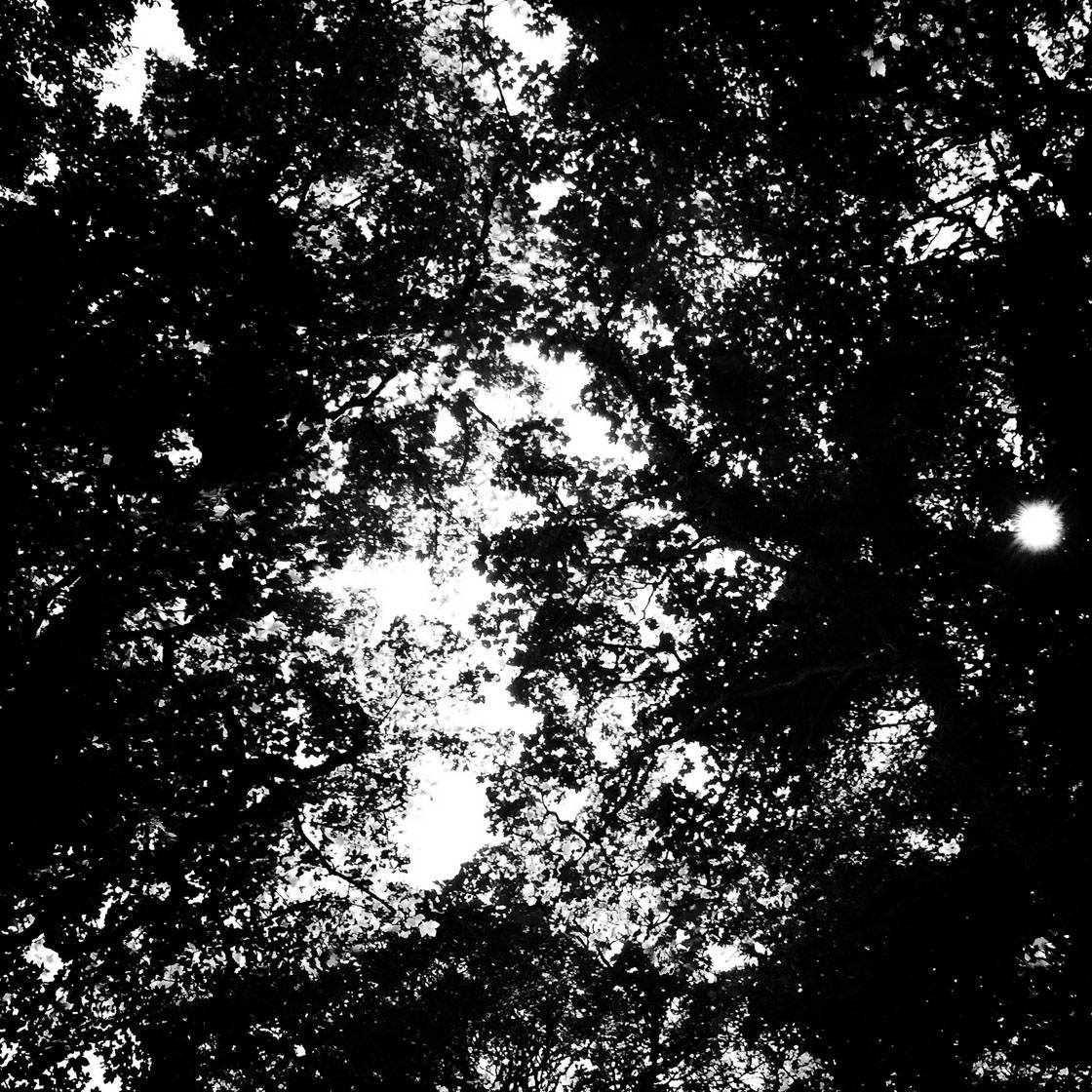
So, let’s take a look at the 10 key elements for creating unique and engaging abstract images with your iPhone.
Of course you don’t have to use all of these elements in one single image. But you should have at least one, preferably more, to make really amazing abstracts.
1. Choose Strong Shapes
Shapes help to form the structure upon which an abstract image is created. When searching out good subjects for abstract photography, concentrate on finding strong shapes.
Look for pleasing, interesting or dynamic shapes. They will add structure to your photograph and attract the viewer’s attention.
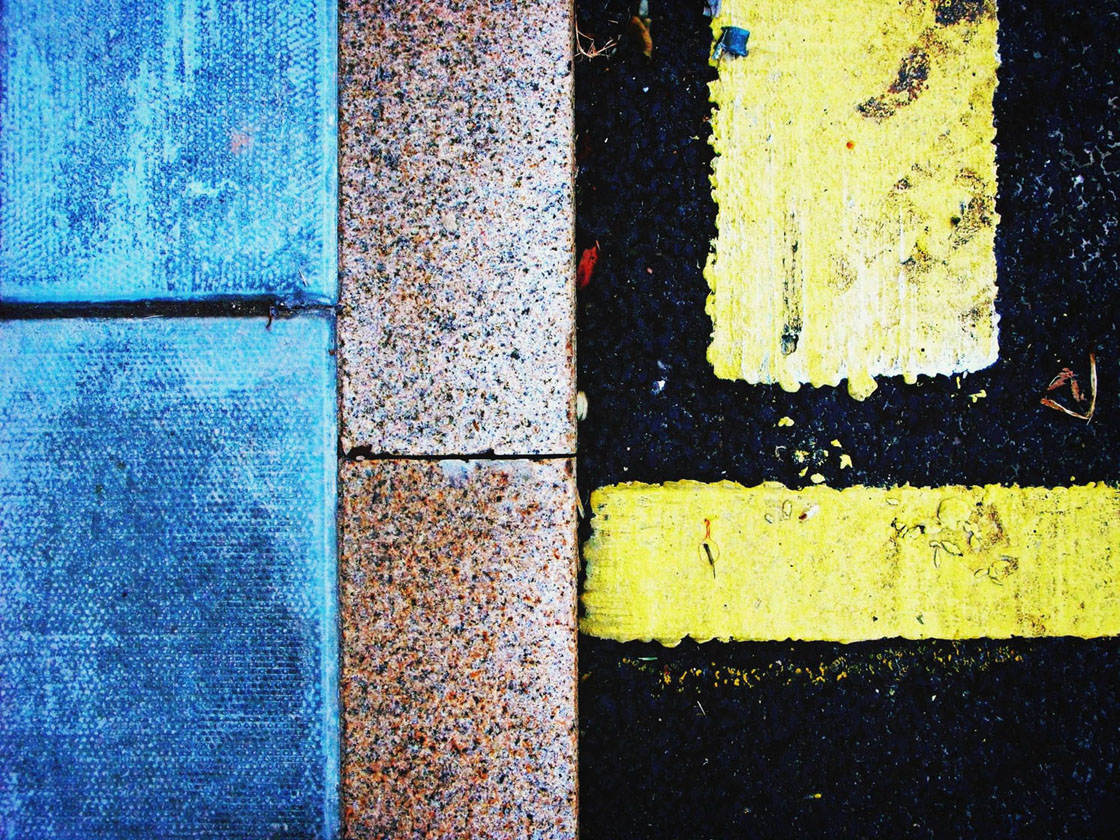
Strong geometrical shapes with straight edges and angled corners, such as these markings on the sidewalk, will give your photo the most powerful visual impact.
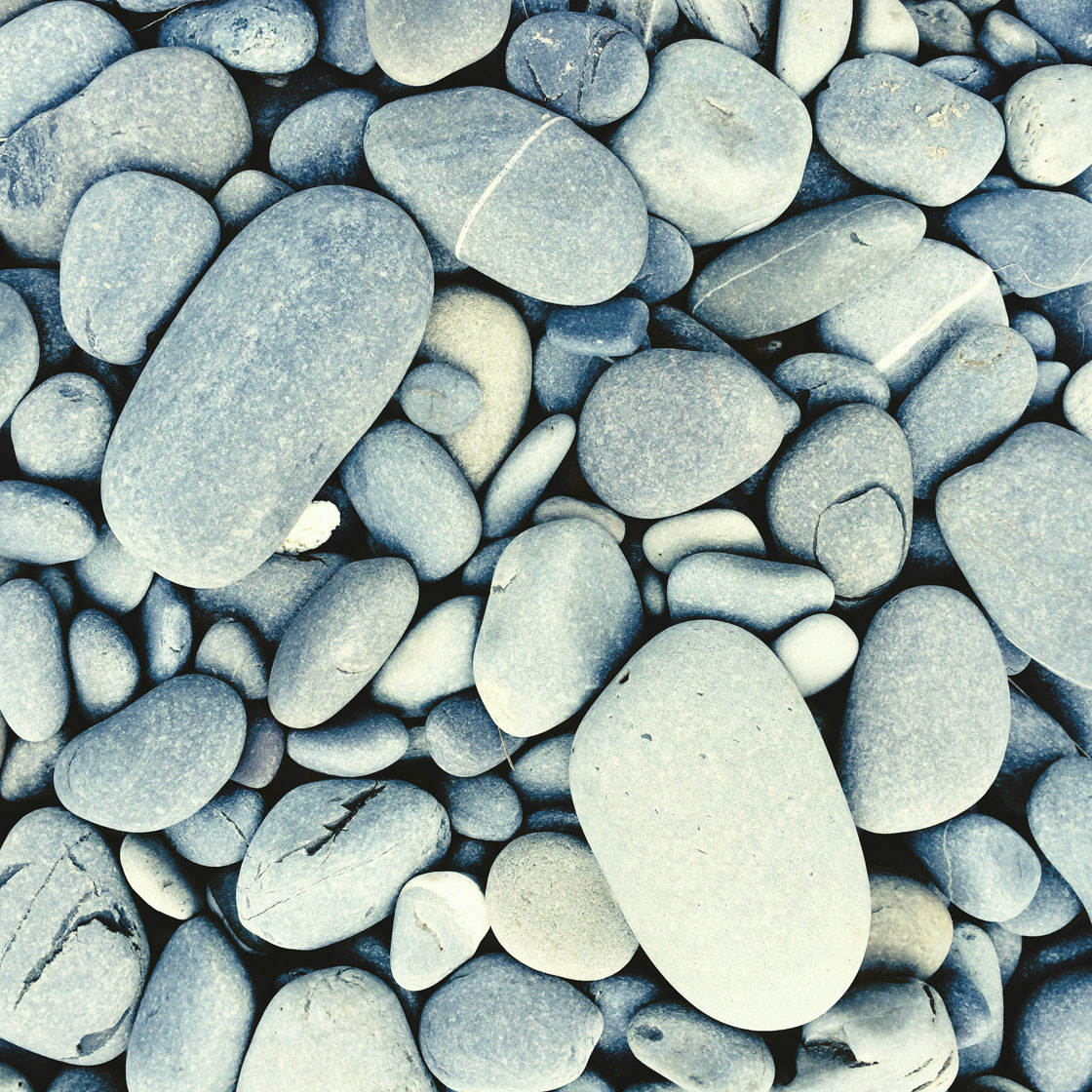
For a more subtle impact, choose softer organic shapes such as pebbles and flowers. Think about how to best capture the shape in the image and what angle to shoot it from.
2. Get Up Close
An easy way to create an unfamiliar image of a familiar subject is to photograph it close up. Shooting from a close angle reveals detail that you may not normally see.

It also has the added advantage of enabling you to fill the entire frame with the subject, eliminating unwanted backgrounds which is essential for abstract photography.
So make sure you crop out all distractions and retain only the most relevant part of the subject in your frame. If you have a macro lens for your iPhone, use it to get shoot even closer to your subject.
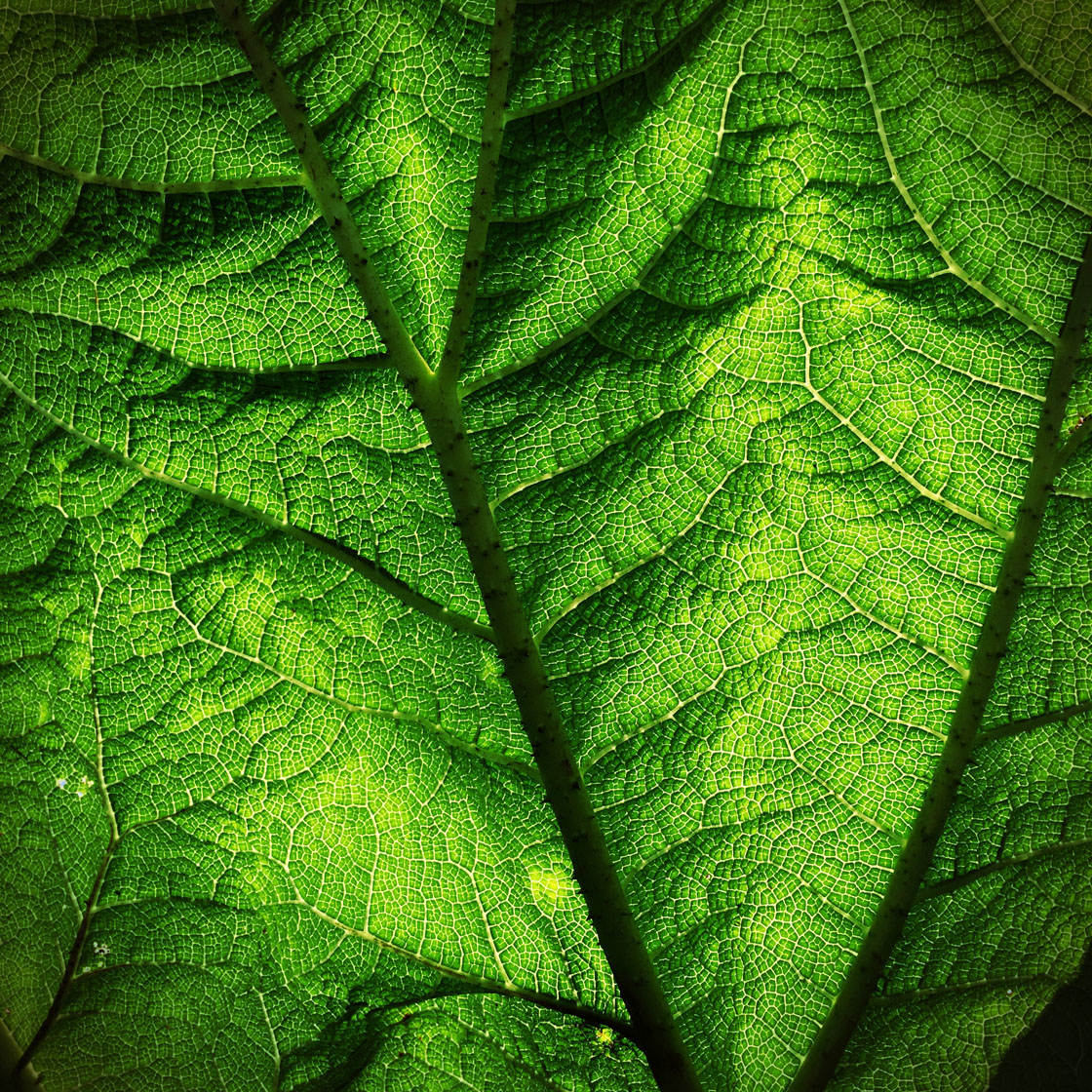
Remember, with abstract photography the aim in not to create a literal representation of the subject. Shooting from close up enables you to capture just part of the subject.
3. Use Color To Grab Attention
Color is one of the first things that attracts the attention of the viewer, especially from a distance. It also serves to hold their attention for a longer period of time.
Color stimulates the mind and can evoke different emotions depending on the hue, saturation and combinations of colors captured.
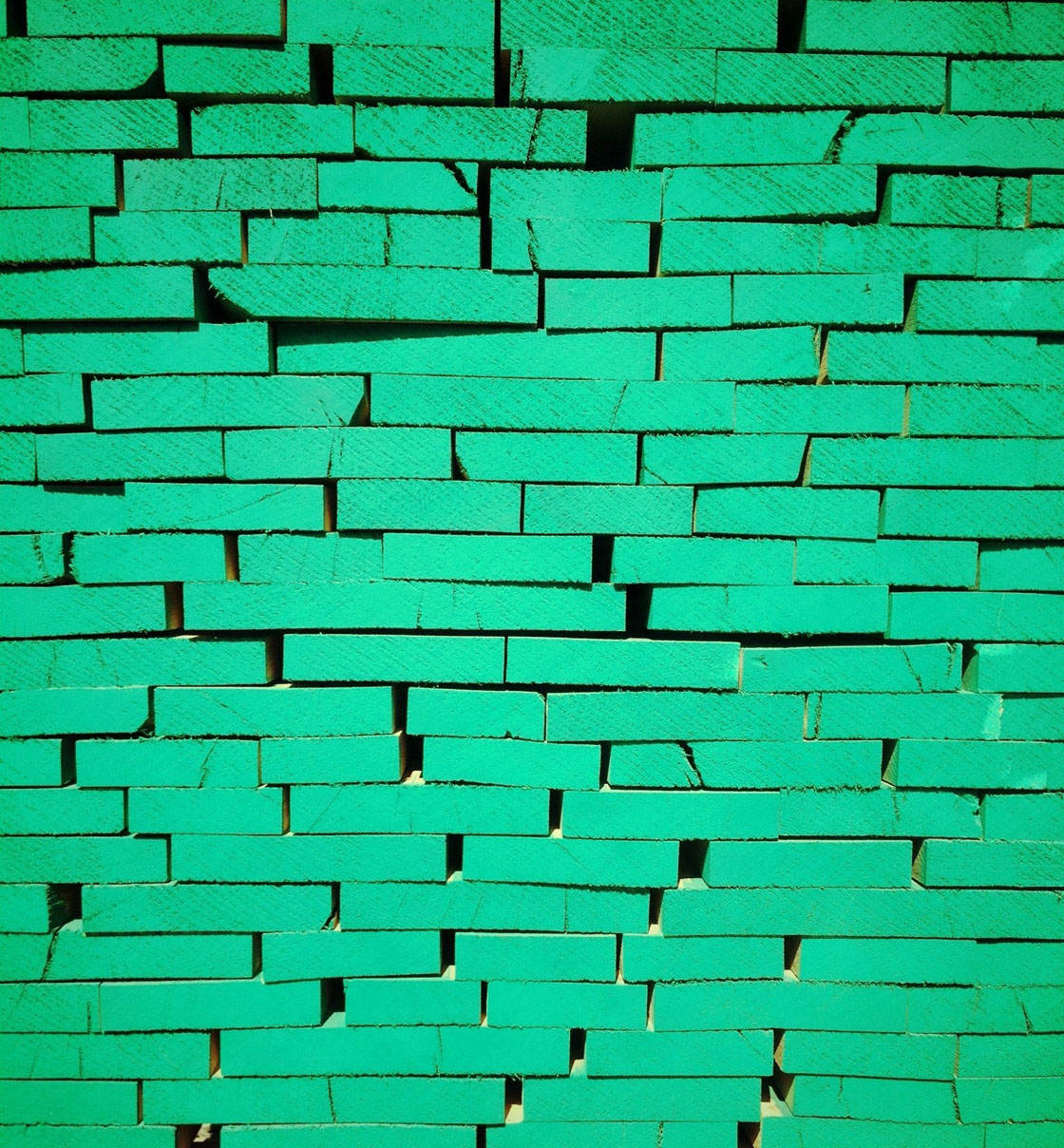
One way of using color in abstract images is to fill the entire frame with a single color. The color then becomes the main focus of the image and will have a powerful visual impact no matter what the color is.
Using highly saturated or intense colors is another way of grabbing the viewers attention. Contrasting colors will create very dynamic photographs.
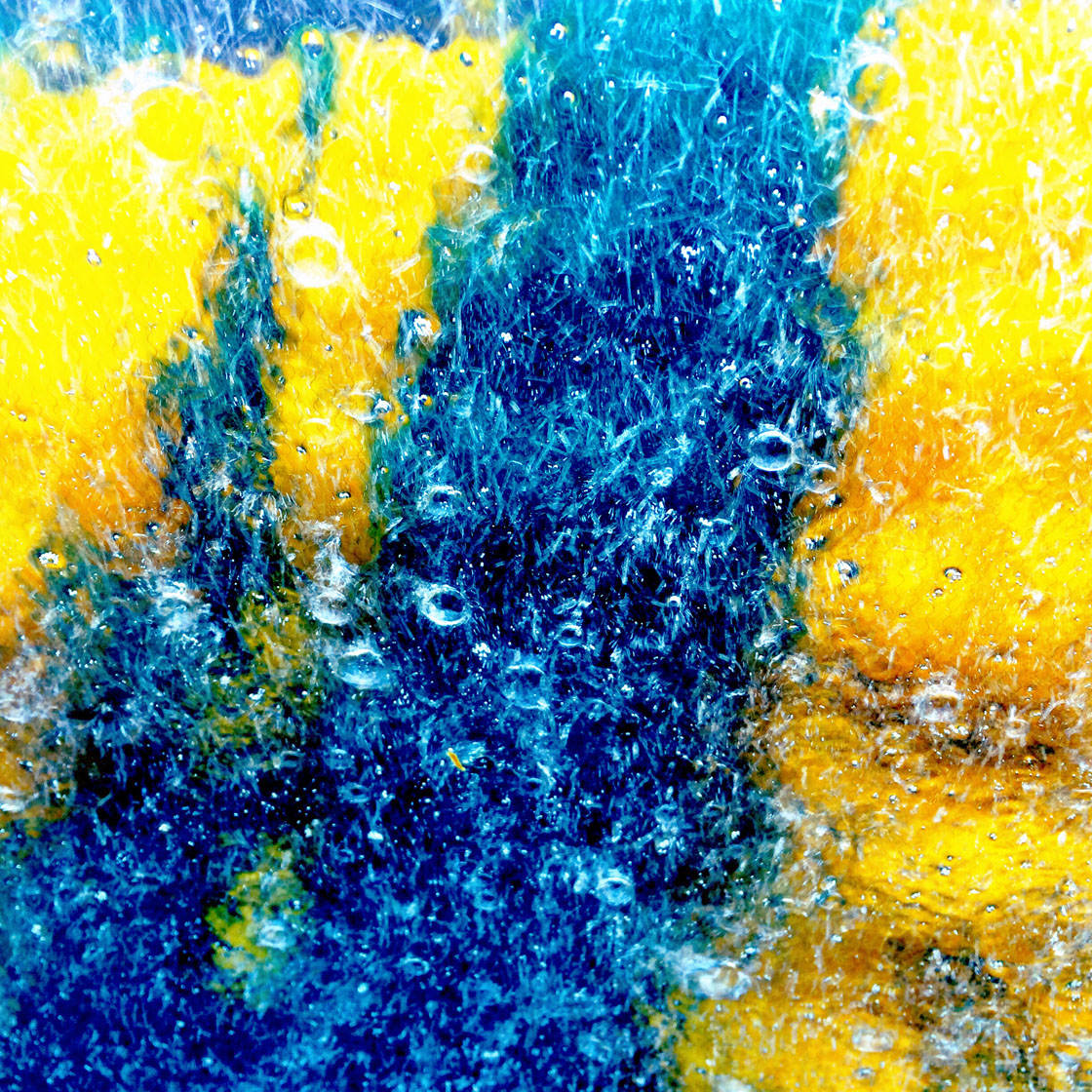
The vibrant contrasting yellow and blue colors taken of a carwash from inside the car really draw your eye from one part of the image to another and back again.
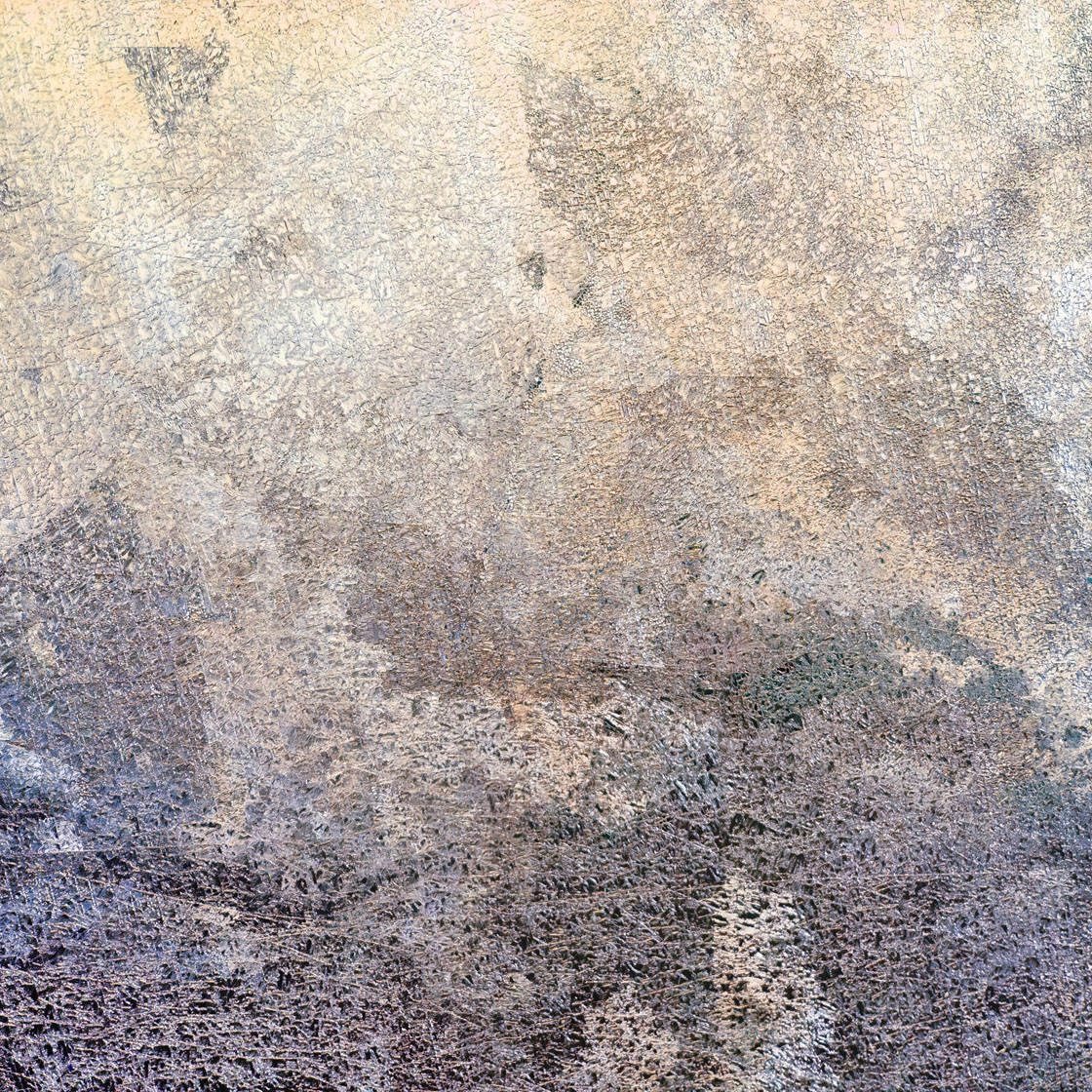
Alternatively you could photograph a palette of muted, complementary colors that subtly blend into one another, such as these ice patterns on the window taken from inside my car. This type of color scheme tends to evoke feelings of calm and harmony.
Don’t be afraid to play around with the color in post-processing apps on your iPhone. Normally over-processing is frowned upon, but with abstract images there are no rules! Try boosting the saturation or change the color completely if you think it looks good.
4. Seek Out Texture
Using texture in your abstract images can create a strong connection with the viewer, as it encourages them to mentally want to reach out and touch the subject and feel its texture.

To capture texture in your photos, it’s usually necessary to shoot close up so that maximum detail is captured. Rough textures such as wood grain, peeling paint or rusty metal look particularly good when photographed in this way.
Lighting is important too. Textured surfaces usually look their best when lit from one side and low down so that shadows and highlights are created on different sides of the protruding surfaces.
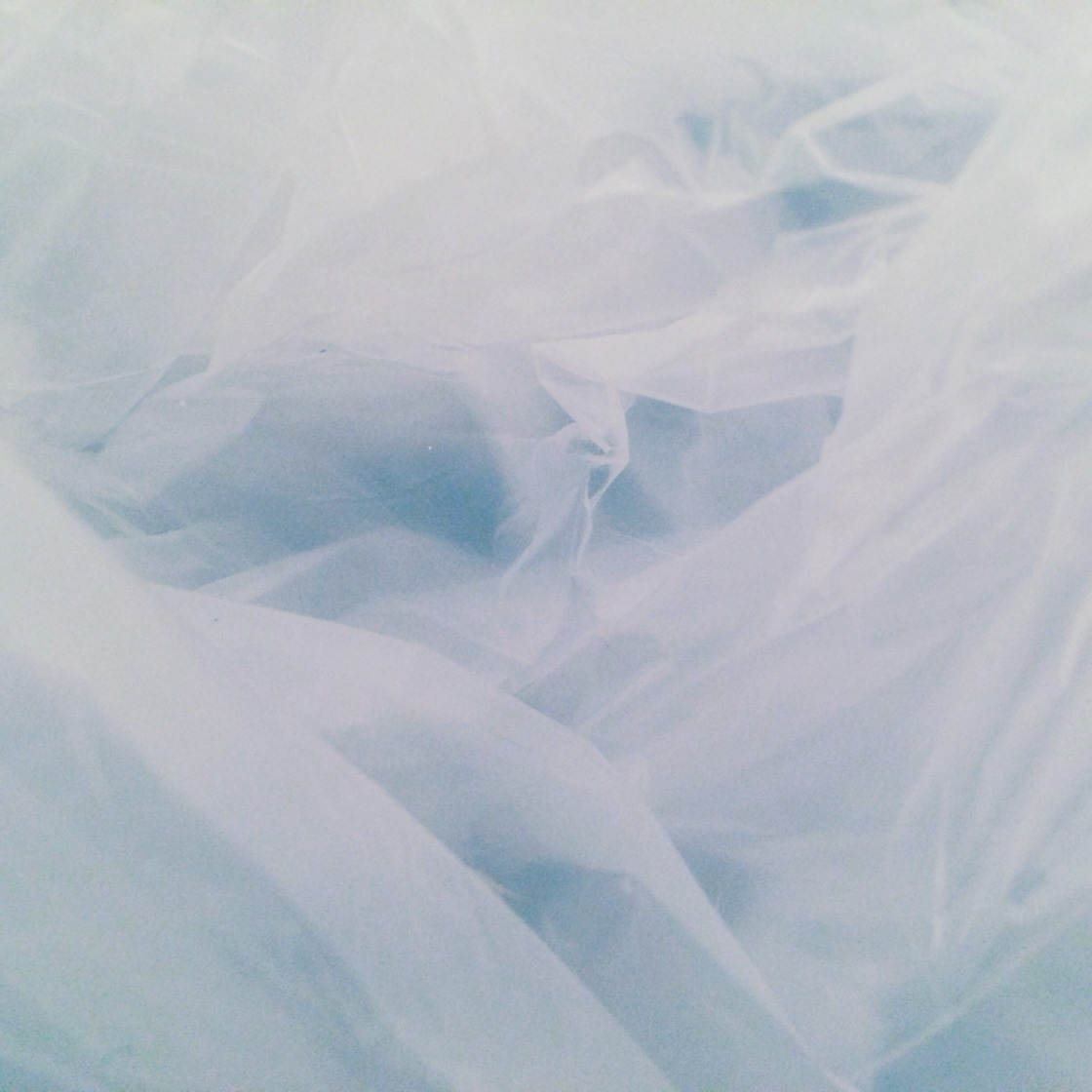
While rough textures lend themselves to close-up abstract photography, don’t forget about other textures too, such as the soft and delicate texture in this image.
This was actually a plastic dust sheet that was crumpled up on the floor when I was decorating recently. But captured close up in soft lighting it creates a ghostly abstract image.
5. Look For Repeating Patterns
Emphasizing patterns is a great way of creating an abstract image out of an ordinary object. Using patterns can help to draw your eye around or into the image.
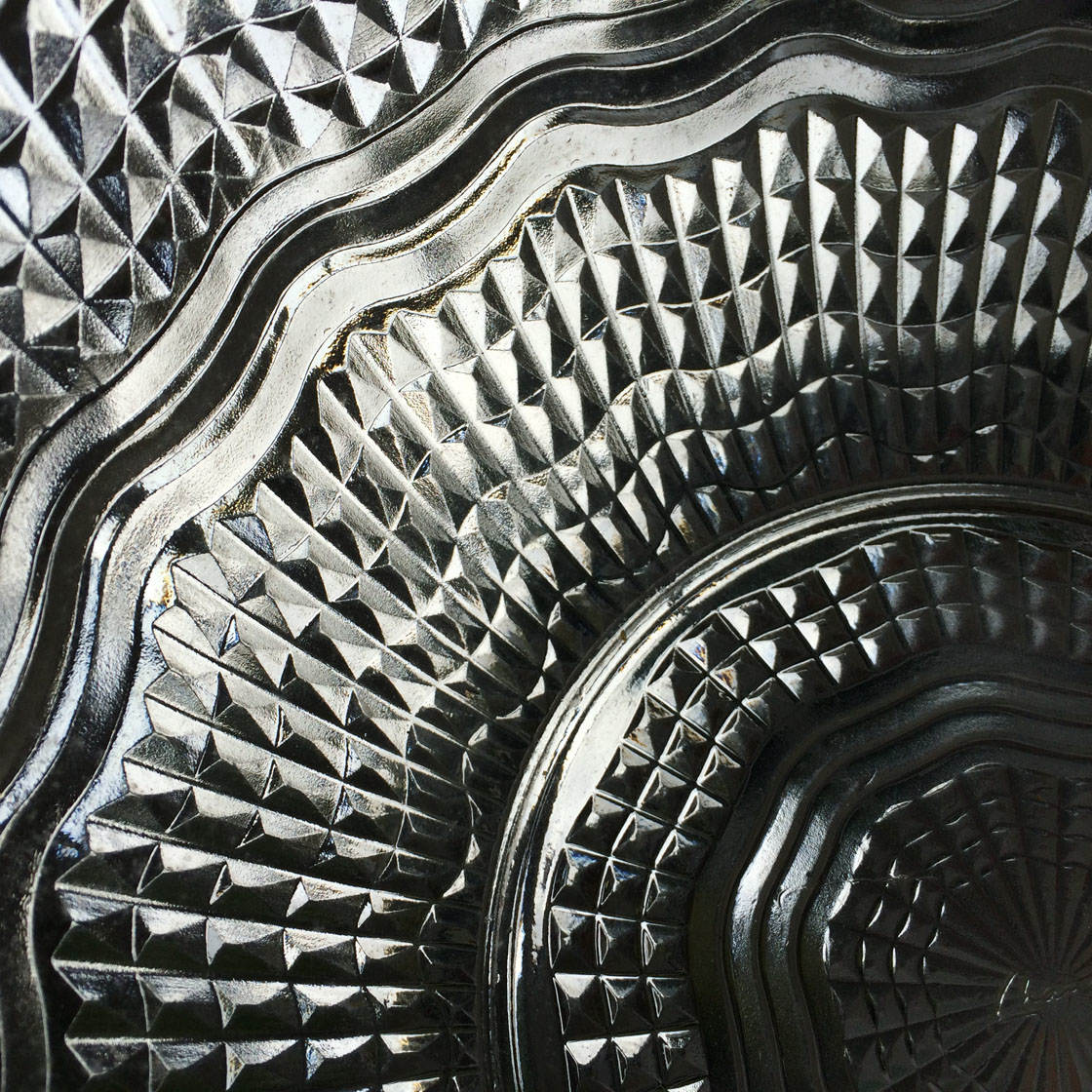
This glass bowl was held up to the window so that the strong light shone through it. The mixture of light and shade on the different angles of the patterned surface really bring it to life, and your eye follows the lines of the pattern around the photo.
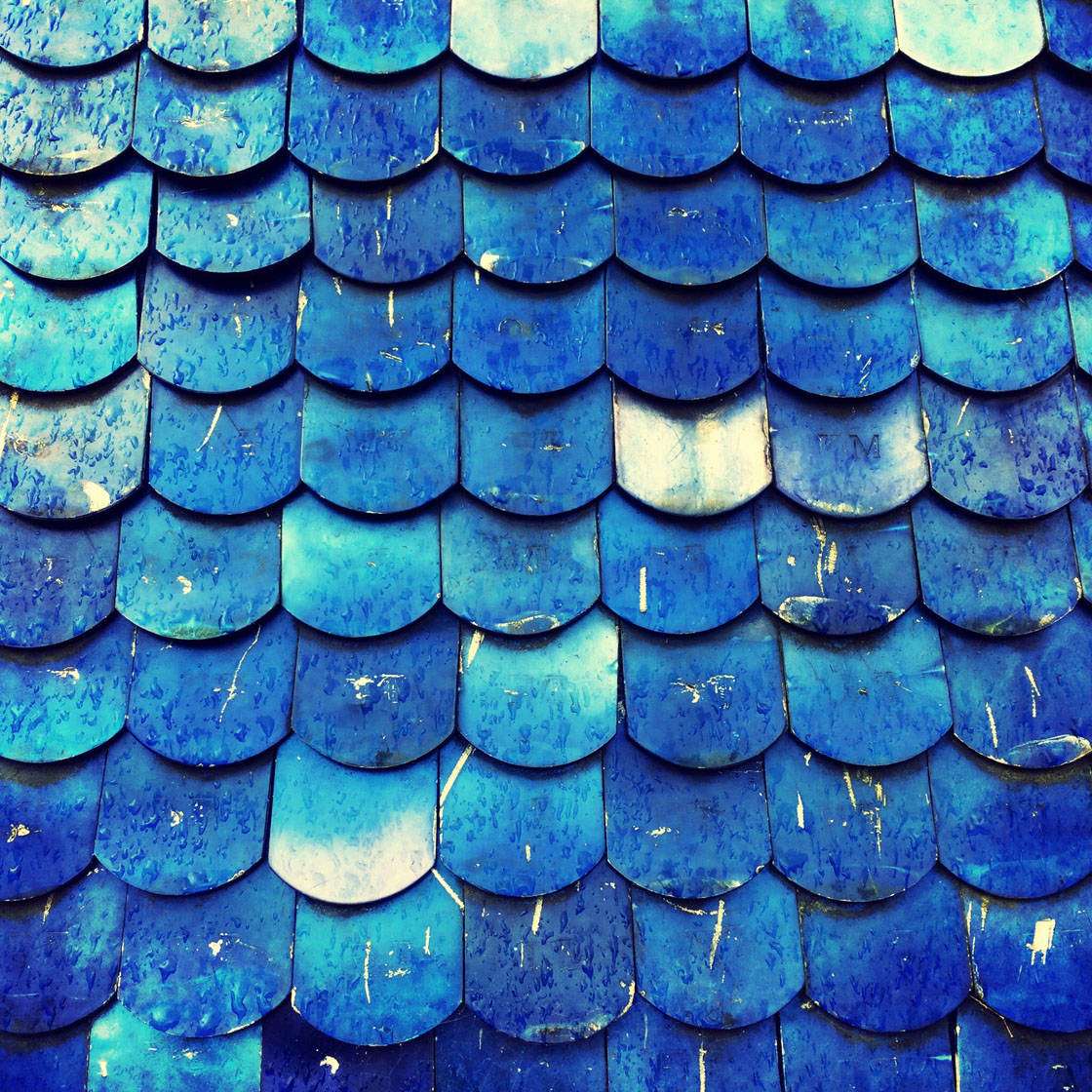
Recurring patterns tend to create strong shapes and graphical elements which are very well suited to abstract photography. They also make your photos more interesting in terms of shape, color and depth.
6. Use Lines And Curves
Lines can be hugely effectively in abstract photography for a number of reasons. They add a strong visual interest and help your eye travel through and across the photo.
For lines to work in abstract photography they should be the dominant characteristic in the image, so that the lines themselves become the main point of interest.

The combination of contrasting criss-crossed lines created by the shadows and yellow paint on these steps creates a really powerful abstract image.
When using lines in your images, remember that they tend to look better when running diagonally rather than horizontally or vertically. Diagonal lines make the image more dynamic and provide a better overall balanced composition.
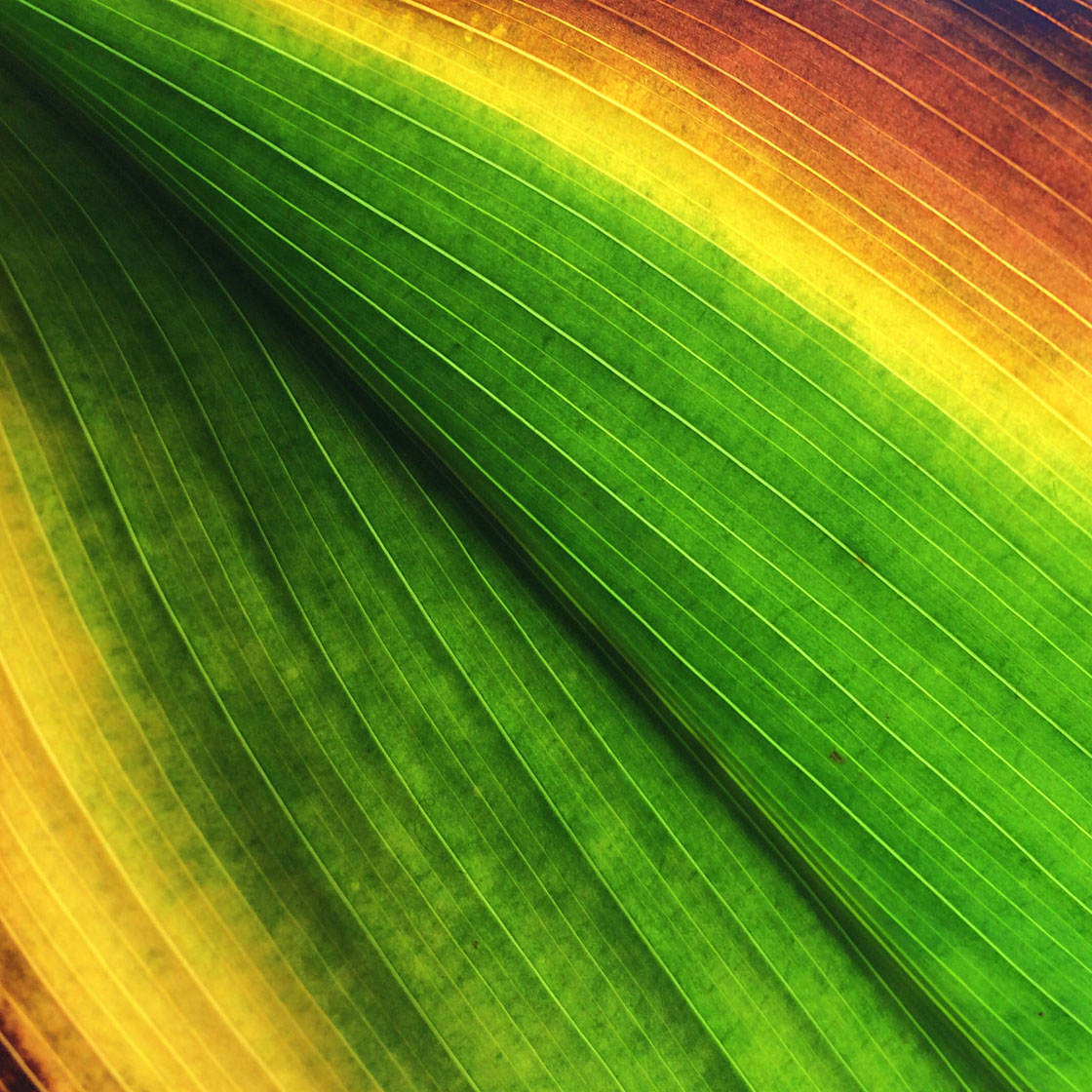
As well as using straight lines, curves are also very effective in abstract images. Curved lines create a softer and more graceful composition.

Finally, lines are great at creating interesting and geometrical shapes which add to the abstract nature of the image. Look at all the shapes created by the curved and straight lines of this umbrella.
Bear in mind that lines in abstract images must work together in the composition. Simply having a whole bunch of lines running in every direction won’t create a harmonious abstract composition – it will just look a mess!
7. Photograph Reflections
Reflections in water or other shiny surfaces provide a fantastic source of abstract scenes to photograph. The distorted effects you get from rippled water or uneven reflective surfaces create an abstract alternative reality.
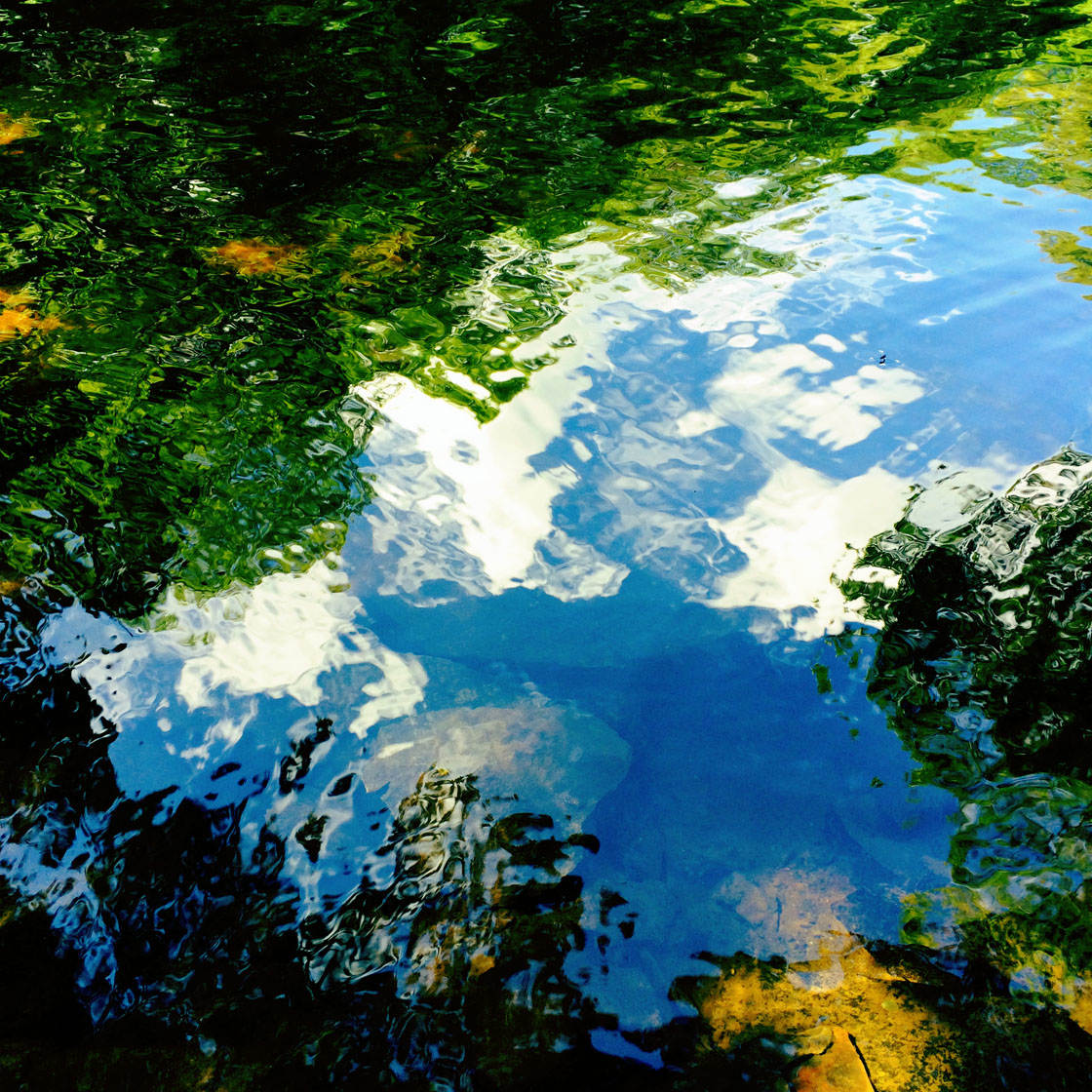
This photo of blue sky, white clouds and green trees reflected in a slow-flowing river has created a beautiful painterly abstract image.
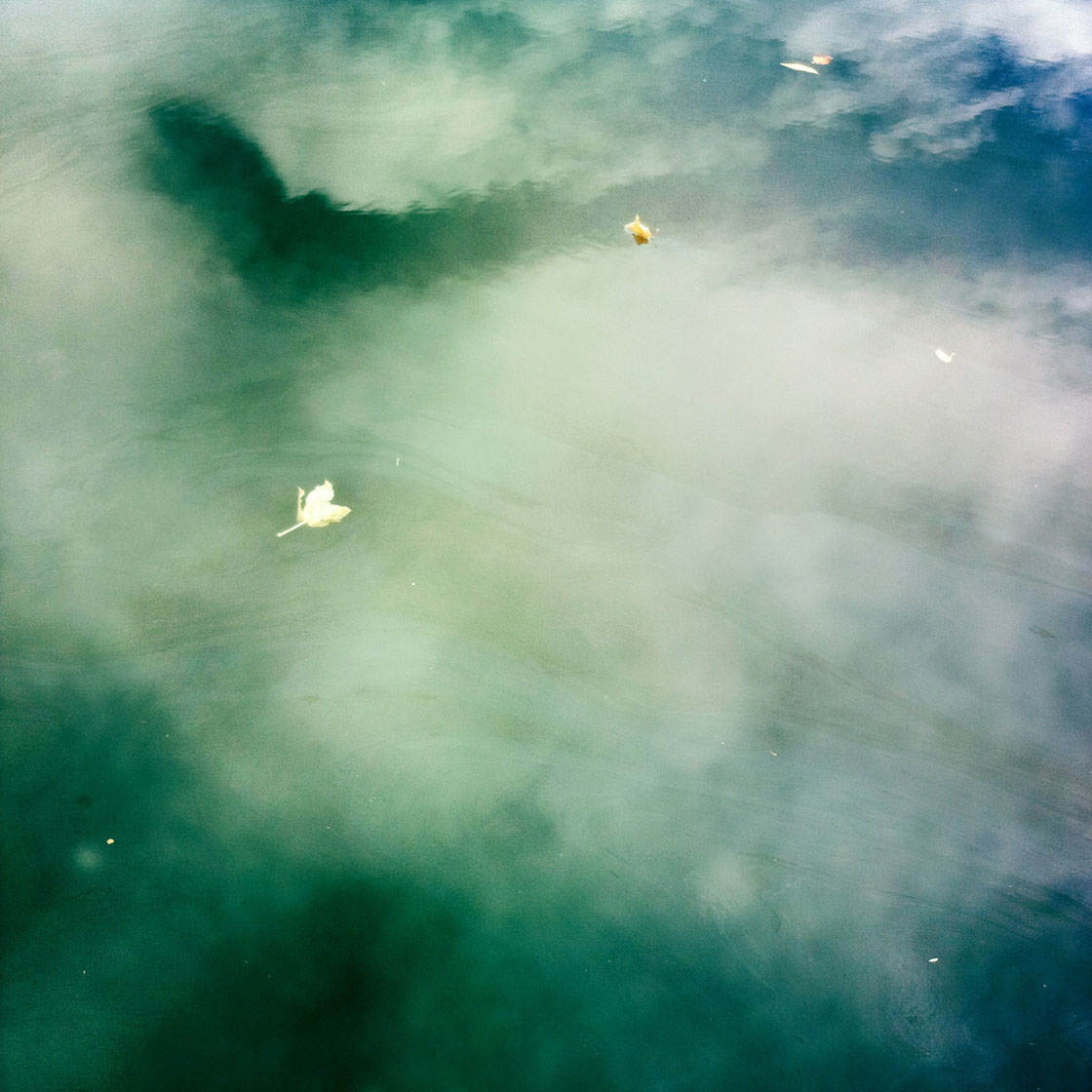
Here’s another example of clouds reflected in a river. It looks as though the leaves are floating in the sky, whereas in reality they are floating on the water’s surface on which the sky is reflected.
8. Shoot Through Another Object
A really effective technique you can use in abstract photography is to shoot through another object with your iPhone. The object you shoot through acts as a filter to distort or colorize your image.
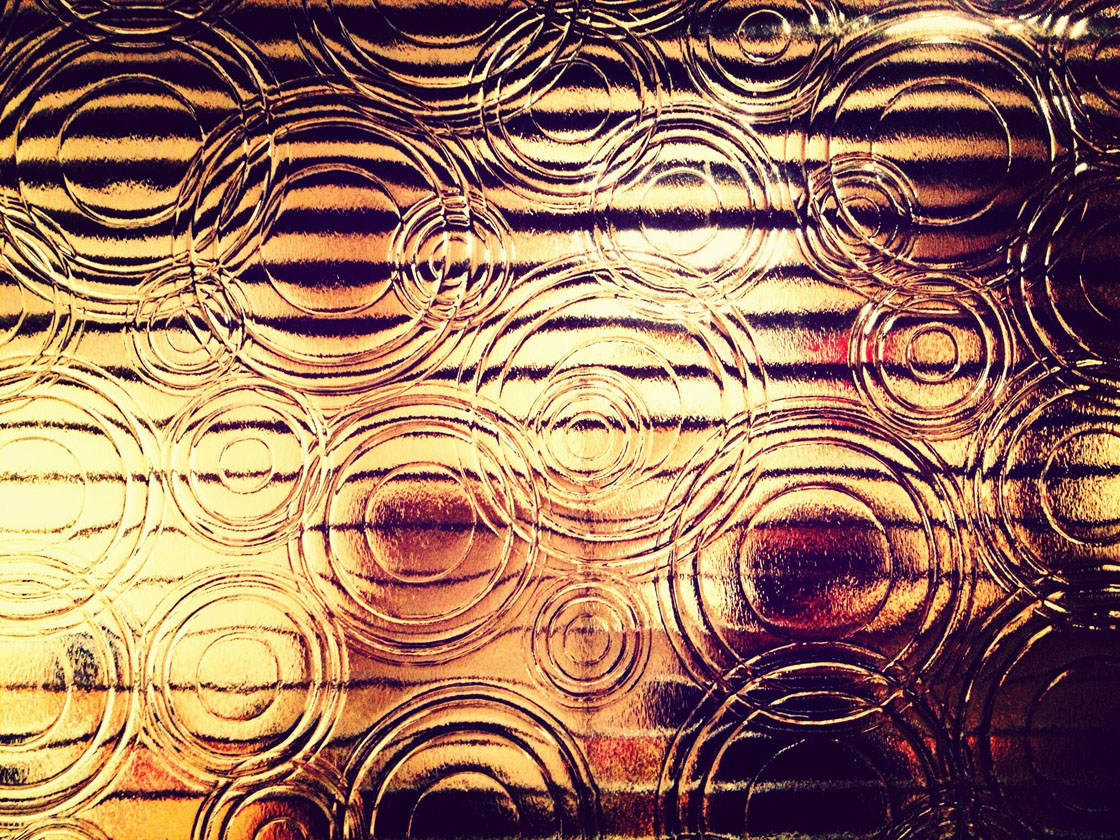
Frosted or patterned glass works particularly well as a filter, distorting or partly obscuring the detail of the subject or scene behind it.
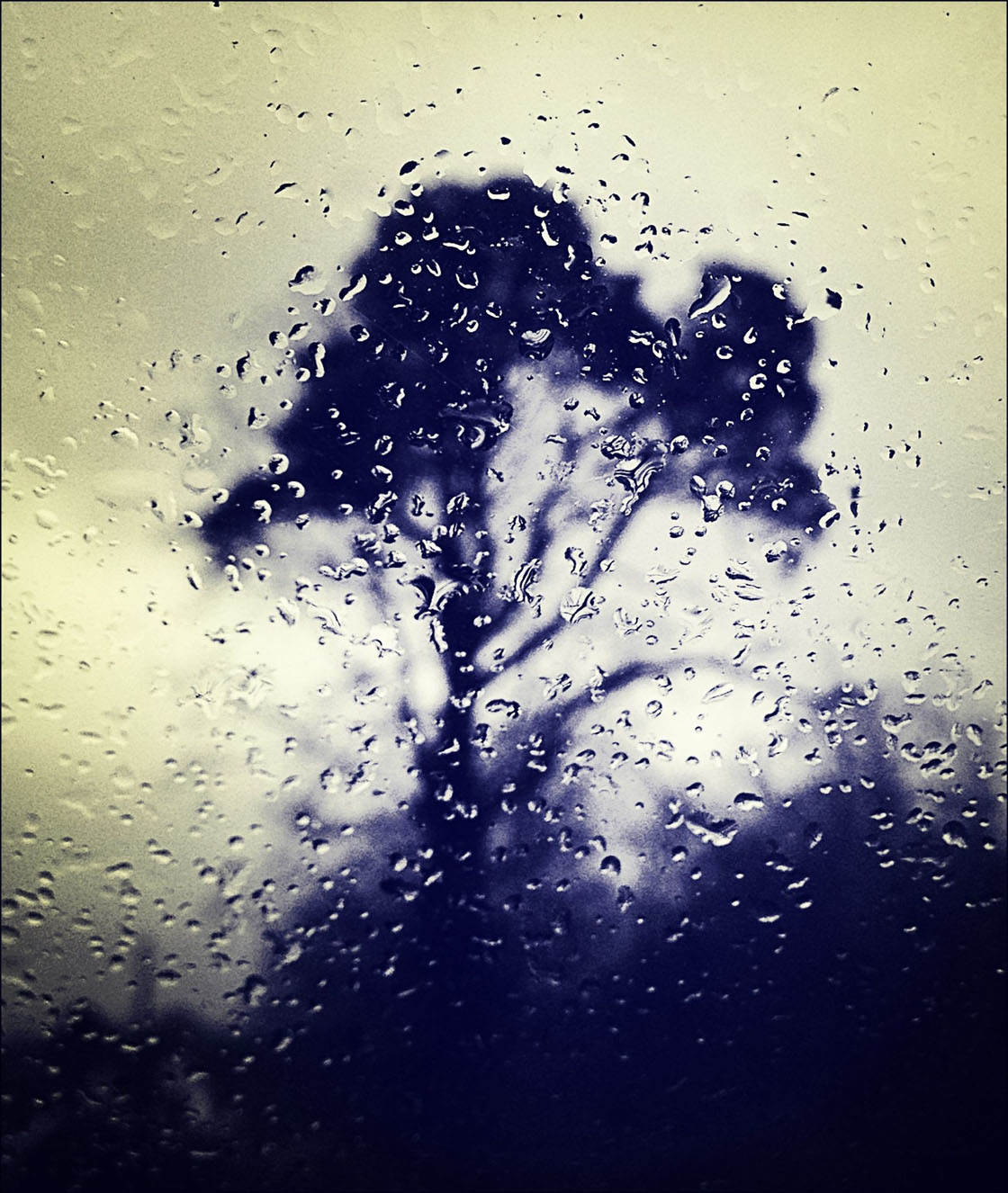
A rain-splattered window also makes a great filter, especially if you focus on the water droplets, so that the scene outside the window appears blurred and mysterious.
9. Capture Shadows
Shadows are mysterious in themselves and they can be used very effectively in abstract photography.
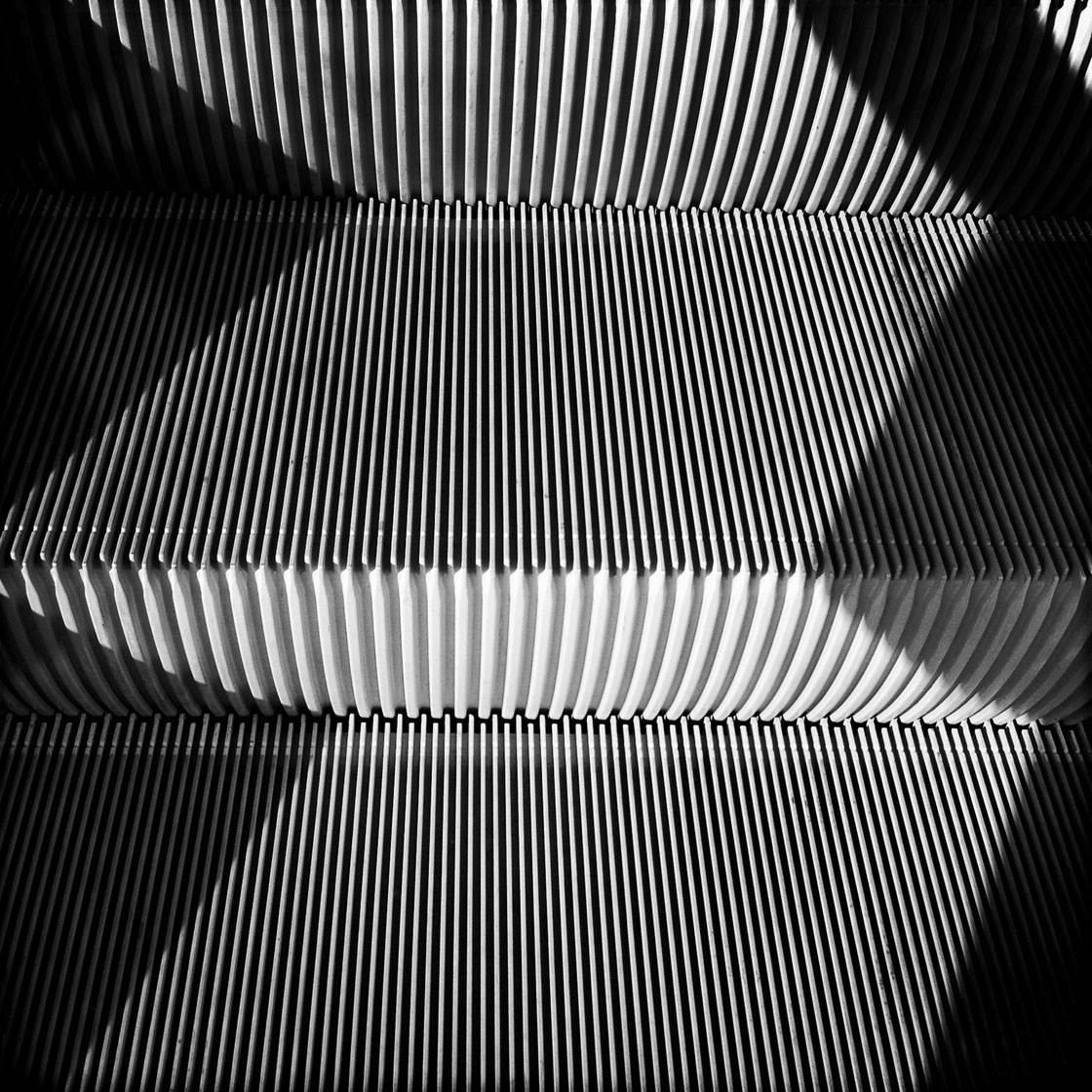
These escalator steps would have made a good abstract image in their own right. But the shadows create additional angular shapes that really add to this photo and make it unique.
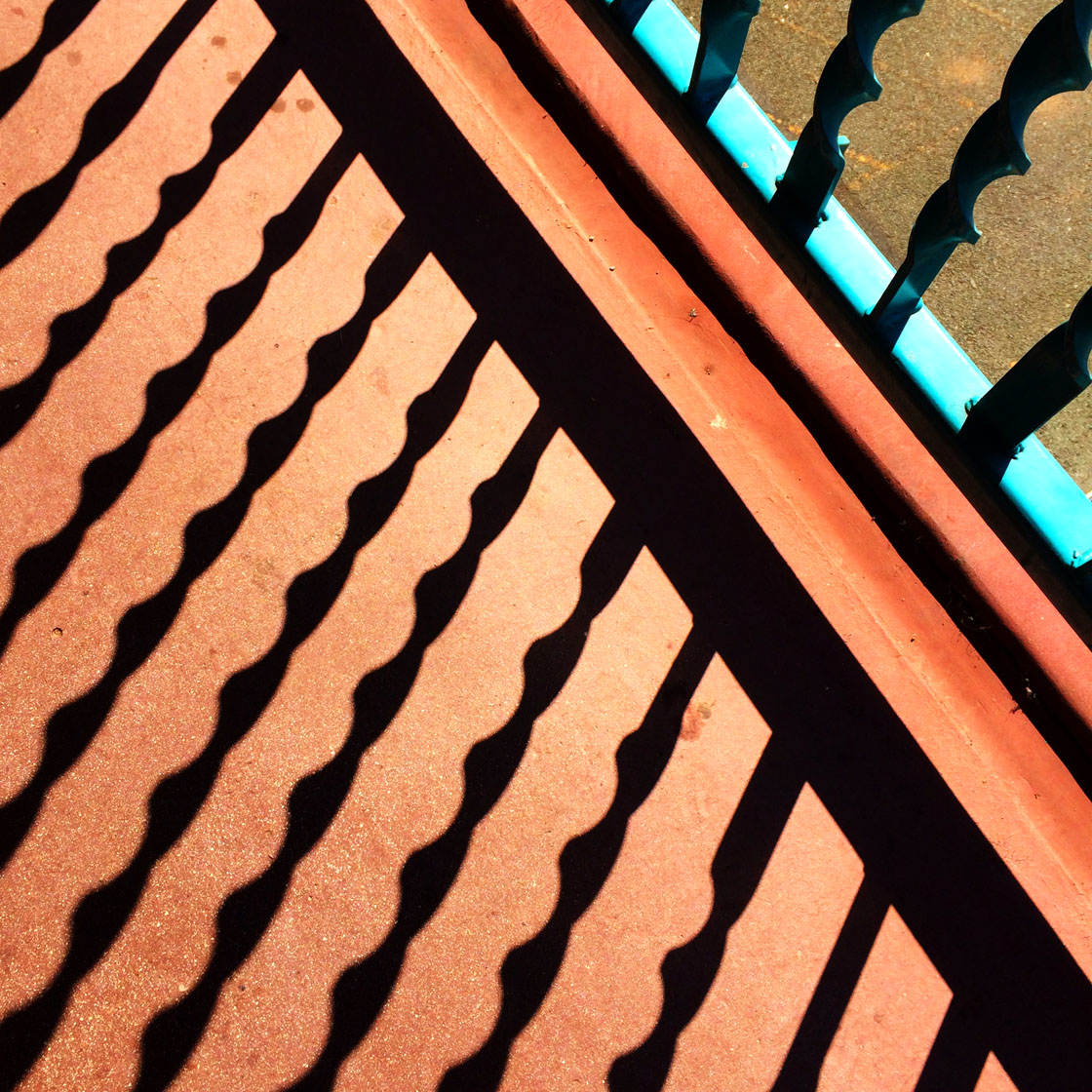
Again, this scene with it’s vivid colors and diagonal lines would have made a great abstract image. But the additional shadows of the railings on the left are what really make this photo interesting.
10. Blur Your Images
How often are you told that blurry iPhone photos look good? Probably not very often! However, abstract photography is one exception.
There are two types of blur – motion blur and focus blur. If your shot is completely out of focus, all of the detail will blurred and this has the potential to create an abstract image – or it will just look out of focus! You have to get it right.
Motion blur is caused when you move the camera while the photo is being taken. Normally we try to hold the iPhone as still as possible to get the sharpest shots, but if you deliberately move the camera while taking a photo you can get some interesting abstract results.
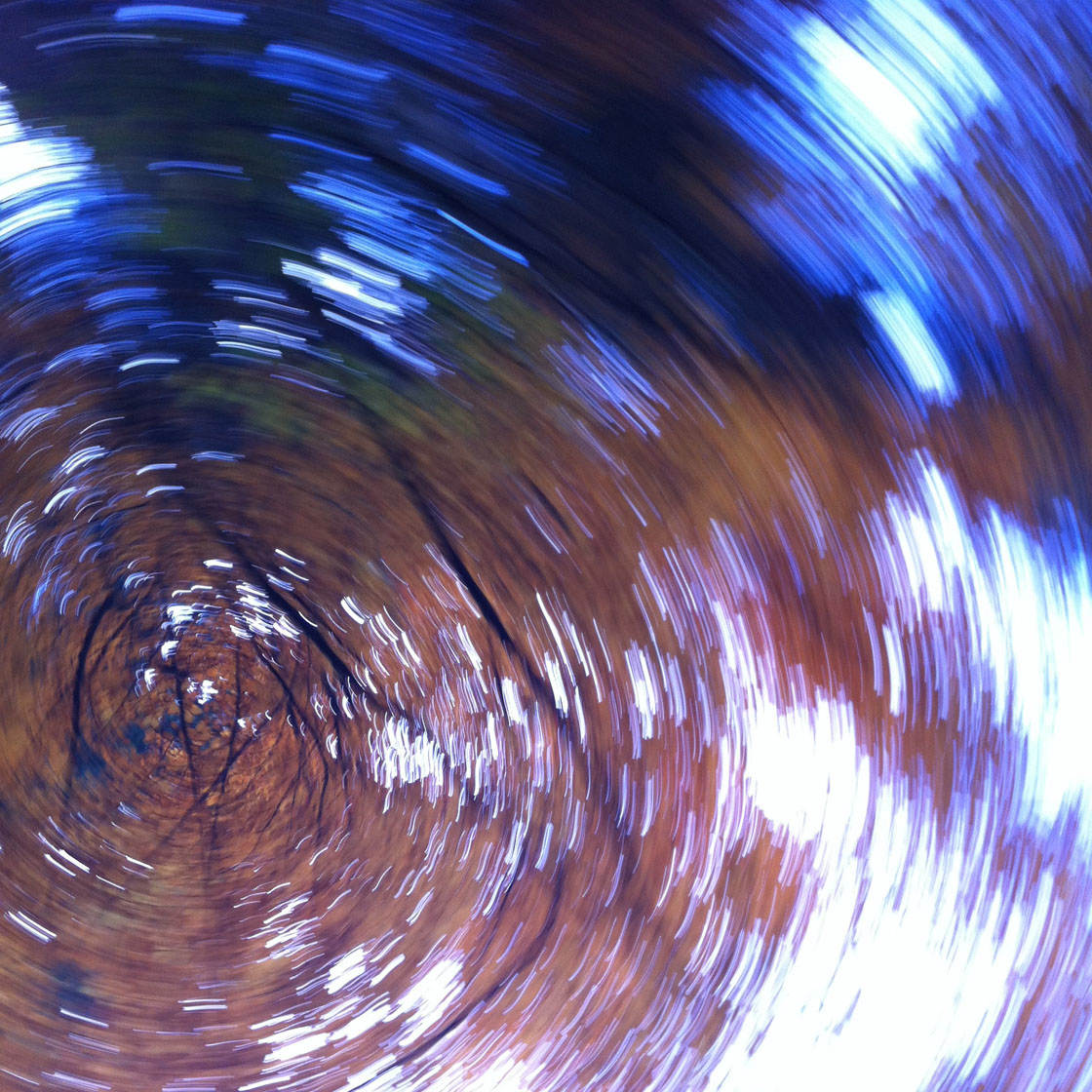
This photo of trees was taken by spinning the iPhone from left to right, or vice versa, as the exposure was being taken. The curved motion can be seen as concentric rings of colored trails.
To create motion blur the camera needs to use a fairly slow shutter speed. You can’t control the shutter speed on the iPhone, however, in low light the camera will automatically use a slower shutter speed.

So this type of photography tends to work best when there isn’t tool much light in the scene – sunrise and sunset are perfect lighting conditions, and you’ll also get some beautiful colors too.
You can produce other motion effects by moving the camera in different directions. So instead of spinning it round, try moving it up or down, left or right, or even in a random pattern to see what interesting trails and blur you can get.
With abstract photography, experimentation is the key!


fantastic post really helpful!
Really happy to hear you found these tips useful 🙂